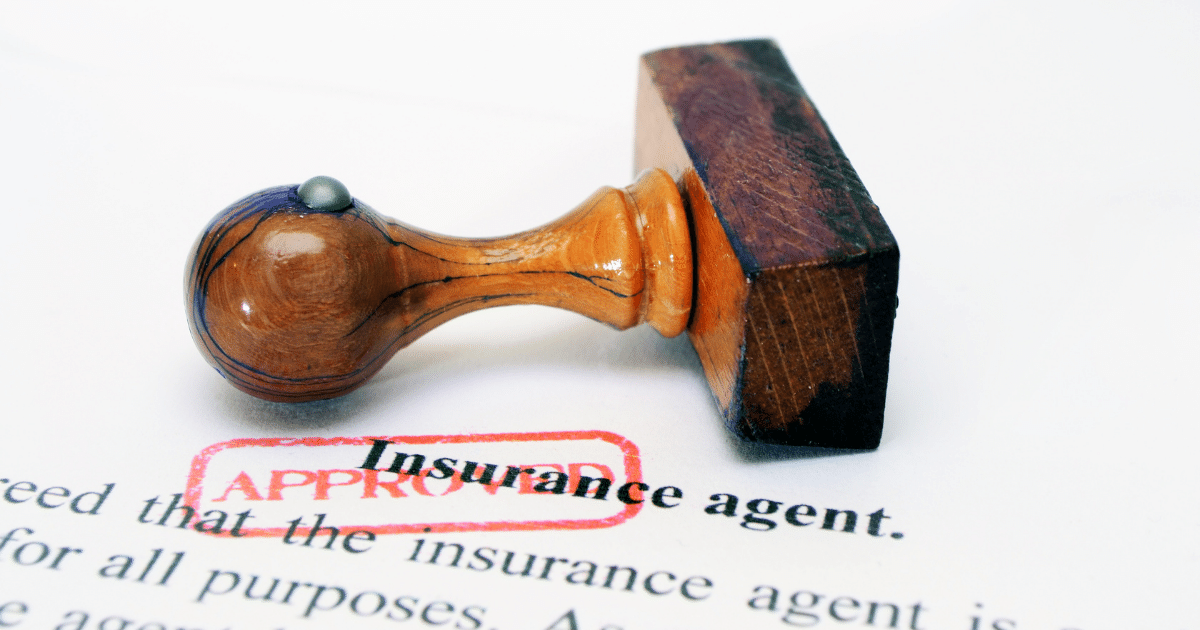Shield Insurance Blog | Mortgage after a foreclosure | Contact our office
How to get a mortgage after a foreclosure
A foreclosure can make you feel like your world is collapsing. Jilyn Crawford knows the feeling. She legally fought against a pending foreclosure on her family home for more than a decade because of a bank’s error.
“It feels like you are being buried alive,” says Crawford, senior loan officer and sales manager at American Family Funding in Santa Clarita, California.
Her experience prompted a career change, going from real estate agent to loan officer. She didn’t want others to go through what she had gone through and wanted to give people a chance to buy another house even after a foreclosure
“There is hope, and life does start again,” Crawford says.
How long after a foreclosure can you buy a house?
Generally, borrowers whose homes have been foreclosed must undergo a waiting period before anyone will lend them money for another mortgage. Extenuating circumstances for certain types of loans, however, can actually shorten the time frame.
- Conventional loan – After a foreclosure, it can take you seven years to get a Fannie Mae or Freddie Mac conventional loan, but sometimes shorter or longer, depending on the lender. However, this can be shortened to a mere three years if certain circumstances led to the foreclosure, such as a loss of employment, medical issue, or incorrect information on your credit report, Crawford says.
- FHA loan – You’ll have to wait three years to get a loan backed by the Federal Housing Administration (FHA), which begins when the foreclosure case ends, generally when the foreclosed home is sold. Like applying for a conventional loan, if you can prove circumstances beyond your control caused the foreclosure, you may be able to request a shorter waiting period.
- VA loan – For veterans and those still serving in the military, the Department of Veterans Affairs (VA) requires only two years between a foreclosure and seeking a new loan. Note that if you qualify for a VA loan, you’ll get a home loan entitlement, which is the maximum amount the VA guarantees it’ll pay the lender in case of default. “I’ve had veterans lose part of their entitlement in a foreclosure, but they still have entitlement left. It’s all about the foreclosed amount,” Crawford explains.
- USDA loan – Available in largely rural areas, USDA loans have a waiting period of three years to qualify if you have a foreclosure in your credit history, Crawford says.
- Non-qualified mortgage – With a non-qualified mortgage (non-QM), or a loan that doesn’t meet government standards, you could possibly get another loan right after your foreclosure, Crawford says. Note that Non-QM loans have more expensive fees, higher interest rates, and also different qualifications than qualified mortgages (QM).
How to get a mortgage after a foreclosure
Despite the foreclosure, you can own a home again with patience and strong financial habits. Before you attempt to buy, do the following:
1. Check your credit report
Get a free copy of your credit report from AnnualCreditReport.com, and look through it for any mistakes or payments you thought were taken care of, such as a bill you thought your health insurance company paid but instead went to a collection agency.
“This happens all the time,” Crawford says. “It happened to me. You don’t even know they are there.”
If you believe there is an error on your credit report, contact the credit reporting agency (either Equifax, Experian, or TransUnion), and be sure to have supporting documents to make your case. You can contact any of the reporting agencies by phone, online, or by mail to dispute incorrect information on your report.
2. Focus on improving your credit score
Depending on what your credit score was before the foreclosure, it’s likely to have dropped between 80 and 160 points afterward, according to Crawford.
To help improve your score, strive to pay every bill on time — late payments are very hard to get off your credit report, Crawford says. Most creditors will give you a one-time erase, so you can try asking for it if late payments aren’t a regular habit. Set up your bills on automatic payment, if possible, to avoid forgetting to pay them. If you have any credit cards, try to pay more than the minimum balance due, as well.
3. Re-establish income
Lenders generally like to see consistency in employment and income, so if you lost your job but are able to work, make it a priority to find another one — ideally, one with some stability.
Note that your new employer may do a credit check, which will contain information about the foreclosure. While generally, that shouldn’t have an impact on your prospects, it could if you’re a candidate for a role that deals directly with money. In all cases, it’s best to be forthcoming and honest about how you’re taking steps to move forward.
4. Save if you can
To qualify for another mortgage, you’ll need funds to demonstrate to the lender that you’re able to repay the loan even if emergency expenses arise.
This can be hard, Crawford says, but if you can, cut back on little things like buying Starbucks, and look for ways to save, such as changing your auto insurance or cell phone plan or dropping your digital or cable television subscription.
5. Find a lender based on your needs and situation
Seek out a lender familiar with your situation, or one with several programs to choose from that can fit what you need, Crawford recommends. For instance, if you’re looking for a VA loan, avoid a lender with limited VA loan experience.
“All lenders are fishing in the same pond. We are getting our loans from the same sources,” Crawford says. “The difference is in the loan officer, and the knowledge that officer has.”
What to consider before buying a home with a new mortgage after a foreclosure
Before jumping to apply for another mortgage when you’re able, check-in with yourself and your finances. Do you feel ready to take on the responsibility of homeownership again? Think about the costs that come with owning a home, such as repairs and upkeep, in addition to the monthly mortgage payment.
“You need to examine what the market looks like at that time and will a lender work with you,” adds Crawford.
Overall, assess whether having your own home again is the best financial move for you. Sometimes renting for a little longer can help you improve your credit, pay down your debt and build a better financial future.
Featured image by South_agency of Getty Images.
Learn more about getting a Mortgage after a foreclosure





























































